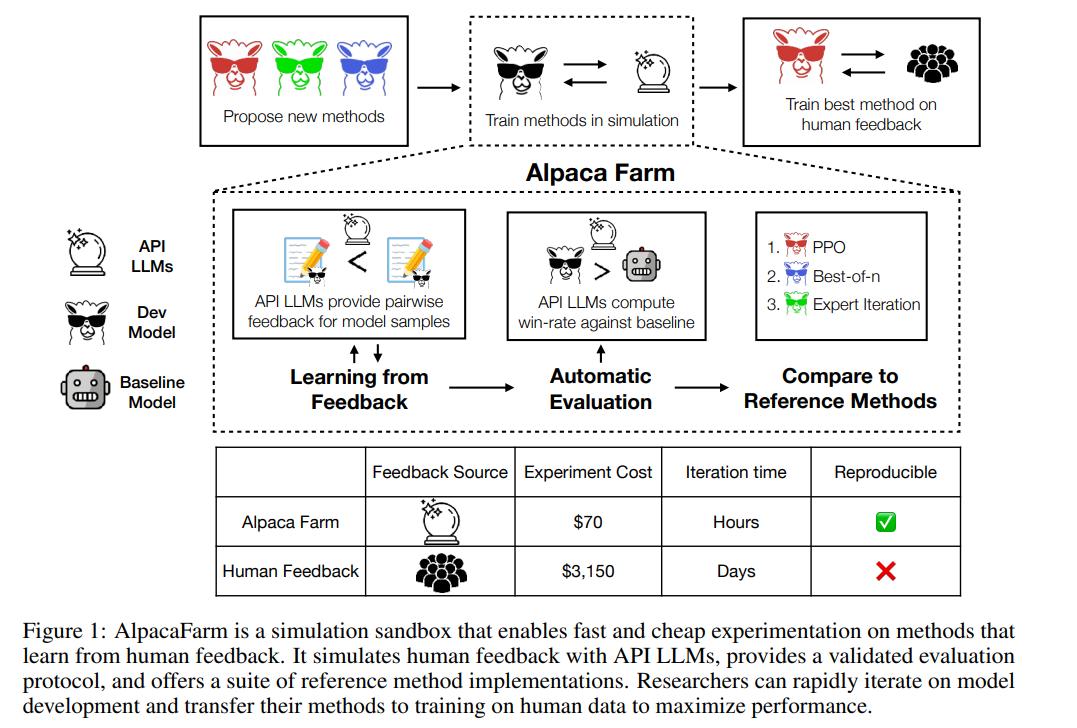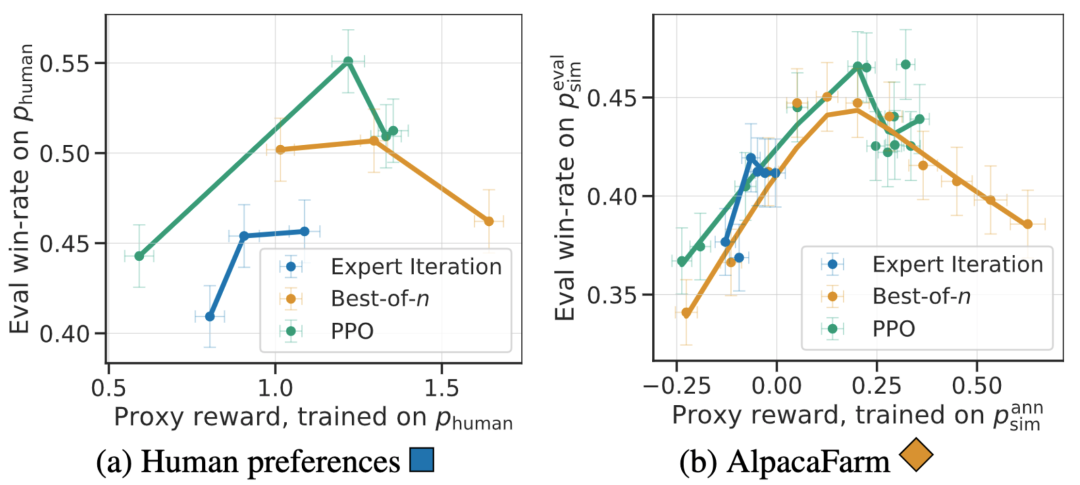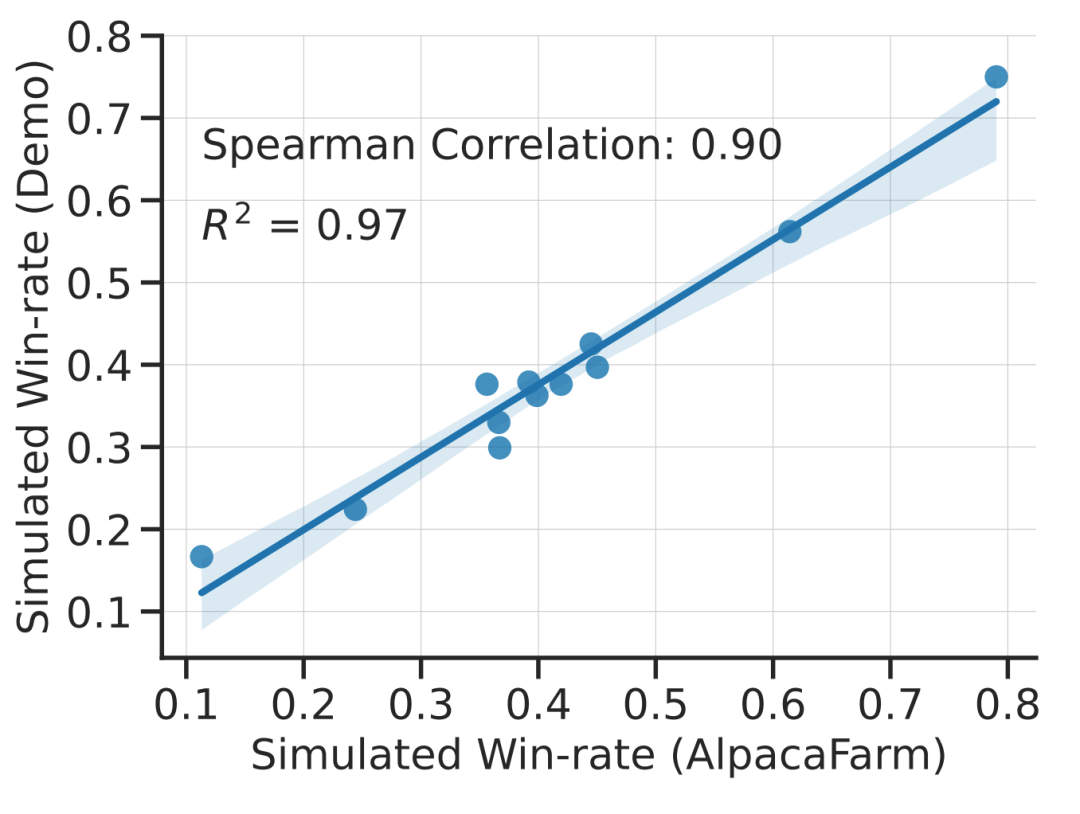
At the end of February, Meta open sourced a large model series, LLaMA (literally translated as alpaca), with parameters ranging from 7 billion to 65 billion, which is called the prototype of the Meta version of ChatGPT. Afterwards, institutions such as Stanford University and the University of California, Berkeley, carried out "secondary innovations" based on LLaMA, and successively launched multiple open source large models such as Alpaca and Vicuna. For a time, "Alpaca" became the top model in the AI circle. These ChatGPT-like models built by the open source community iterate very quickly and are highly customizable. They are called the open source replacement of ChatGPT.
However, the reason why ChatGPT can show powerful capabilities in text understanding, generation, reasoning, etc. is because OpenAI uses a new training paradigm-RLHF for large models such as ChatGPT. (Reinforcement Learning from Human Feedback), which uses reinforcement learning to optimize the language model based on human feedback. Using RLHF methods, large language models can be aligned with human preferences, follow human intent, and minimize unhelpful, distorted, or biased output. However, the RLHF method relies on extensive manual annotation and evaluation, which often requires weeks and thousands of dollars to collect human feedback, which is costly.
Now, Stanford University, which launched the open source model Alpaca, has proposed another simulator - AlpacaFarm (literally translated as alpaca farm). AlpacaFarm can replicate the RLHF process in 24 hours for only about $200, allowing open source models to quickly improve human assessment results, which can be called the equivalent of RLHF.

AlpacaFarm attempts to quickly and cheaply develop ways to learn from human feedback. To do this, the Stanford research team first identified three main difficulties in studying RLHF methods: the high cost of human preference data, the lack of trustworthy evaluations, and the lack of reference implementations.
To solve these three problems, AlpacaFarm built concrete implementations of simulation annotators, automatic evaluation, and SOTA methods. Currently, the AlpacaFarm project code is open source.

As shown in the figure below, researchers can use the AlpacaFarm simulator to quickly develop new methods of learning from human feedback data, and can also migrate existing SOTA methods to actual on human preference data.

AlpacaFarm 52k instructions based on Alpaca dataset Build, of which 10k instructions are used to fine-tune the basic instruction following model, the remaining 42k instructions are used to learn human preferences and evaluation, and most of them are used to learn from simulated annotators. This study addresses the three major challenges of annotation cost, evaluation and verification implementation of the RLHF method, and proposes solutions one by one.
First, in order to reduce annotation costs, this study created prompts for API-accessible LLMs (such as GPT-4, ChatGPT), allowing AlpacaFarm to simulate human feedback at a cost of only RLHF Method 1/45 of the data collected. This study designed a random, noisy annotation scheme using 13 different prompts to extract different human preferences from multiple LLMs. This annotation scheme aims to capture different aspects of human feedback, such as quality judgments, variability between annotators, and style preferences.
The study experimentally demonstrates that AlpacaFarm’s simulations are accurate. When the research team used AlpacaFarm to train and develop methods, the methods ranked very consistently with the same methods trained and developed using actual human feedback. The figure below shows the high correlation in rankings between methods resulting from the AlpacaFarm simulation workflow and the human feedback workflow. This property is crucial because it shows that experimental conclusions drawn from simulations are likely to hold true in real situations.
In addition to method-level correlation, the AlpacaFarm simulator can also replicate qualitative phenomena such as reward model over-optimization, but continuous RLHF training for surrogate rewards may damage Model performance. The following figure shows this phenomenon in the two cases of human feedback (left) and AlpacaFarm (right). We can see that AlpacaFarm initially captures the correct deterministic behavior of model performance improvement, and then as RLHF training continues, model performance decreases.

For evaluation, the research team used Alpaca 7B real-time user interaction as a guide, and simulates instruction distribution by combining several existing public datasets, including the self-instruct dataset, the anthropopic helpfulness dataset, and the evaluation sets of Open Assistant, Koala, and Vicuna. Using these evaluation instructions, the study compared the response of the RLHF model to the Davinci003 model and used a score to measure the number of times the RLHF model responded better, calling this score the win-rate. As shown in the figure below, a quantitative evaluation of system rankings on the study's evaluation data shows that system rankings and real-time user commands are highly correlated. This result shows that aggregating existing public data can achieve performance similar to simple real instructions.

For the third challenge——Lack of reference Implementation,The research team implemented and tested several popular,learning algorithms (such as PPO, expert iteration, best-of-n,sampling). The research team found that simpler methods that worked in other domains were no better than the study's original SFT model, suggesting that it is important to test these algorithms in a real instruction-following environment.

Based on manual evaluation, the PPO algorithm proved to be the most effective, combining the model with The winning rate compared to Davinci003 increased from 44% to 55%, even surpassing ChatGPT.
These results show that the PPO algorithm is very effective in optimizing the winning rate for the model. It is important to note that these results are specific to the evaluation data and annotators of this study. While the study's evaluation instructions represent real-time user instructions, they may not cover more challenging problems, and it is not certain how much improvements in win rate come from exploiting style preferences rather than factuality or correctness. For example, the study found that the PPO model produced much longer output and often provided more detailed explanations for the answers, as shown below:


Overall, using AlpacaFarm to train the model on simulated preferences can significantly improve the human evaluation results of the model without having to subject the model to Retraining on human preferences. Although this transfer process is fragile and still slightly less effective than retraining the model on human preference data. However, it can copy the RLHF pipeline within 24 hours with only $200, allowing the model to quickly improve human evaluation performance. The simulator AlpacaFarm is still too good. It is made by the open source community to replicate the powerful functions of models such as ChatGPT. Another effort.
The above is the detailed content of Within 24 hours and $200 to copy the RLHF process, Stanford open sourced the 'Alpaca Farm'. For more information, please follow other related articles on the PHP Chinese website!




